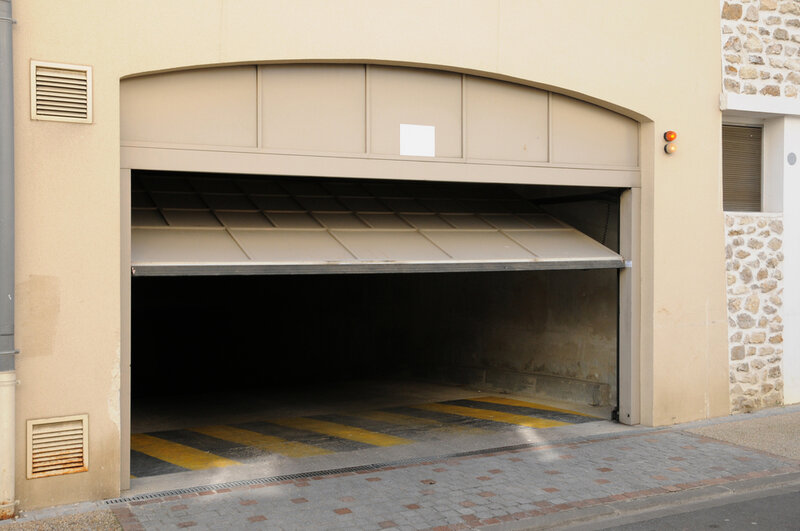When you need to manually open or close your garage door and you can't, or when your garage door opener motor burns out prematurely, you may not realize that you have an unbalanced garage door until it's too late. More than 150 pounds is the average weight of a metal residential garage door. Even if you open or close it by hand without the aid of an automatic opener, you'd rarely notice. As long as the door remains properly balanced, the opening and closing action is amazingly effortless—as long as the weight is counterbalanced by powerful springs.

How Do You Know?
Properly balanced doors should be easy to lift and safe when closed manually. You should be able to let go of your grip when the door is in the half-open position and it will stay there. When using an automatic garage door opener, the motor and chain drive should not be strained or faltering. In the event that your garage door is becoming unbalanced, there are a few telltale signs to look out for:
- The door may appear to close flush with the ground on one side, while a gap is visible on the other.
- When the door is opening or closing, one side may rise or fall more quickly than the other.
- The extra weight of an unbalanced garage door causes the opener motor to make loud, straining noises. As the door tracks absorb abnormal stress, opening and closing may take longer than usual, and you may hear strange noises like gears stripping or popping and cracking.
- Metal doors may bend, buckle or stick to each other as they rise and fall.
- The door may not open at all because the motor is eventually unable to lift the weight.
- The door may be too heavy for you to lift if you try to open it manually. An unbalanced door that suddenly slams to the ground can be dangerous to close by hand.
So What Went Wrong?
At the time of installation, a garage door's balance is meticulously checked. In the future, however, a few adjustments may be made that could throw the door out of balance..
The most common cause of an unbalanced door is the weakening of the large springs that counterweight the door's weight. These springs may lose their elasticity with use and repeated opening and closing. As time passes, opening and closing the door will become more difficult, as well as more forceful. There will be an increase in stress and a decrease in service life on the motor, gears, and chain drive if an automatic door opener is used. Eventually, an overstretched spring will break, making it impossible to lift the door.
Even after the door has been installed, any additional weight on the inside could throw off its equilibrium. Installing a long fluorescent light fixture inside a door, for example, is an option for some residents. The delicate balance of the door can be tipped even by a small amount of weight. Adding insulation to a garage door is also a common practice to reduce heat loss and heat gain during the winter and summer months, respectively. You can insulate your door from the inside by using a kit that you can make yourself. A door can easily become unbalanced and difficult to operate with the addition of just 20 pounds of insulation.
